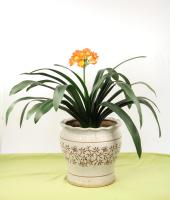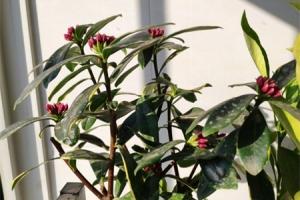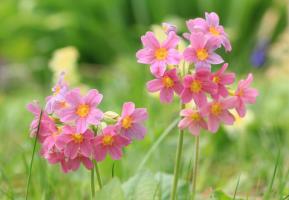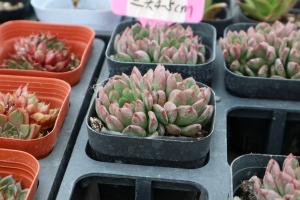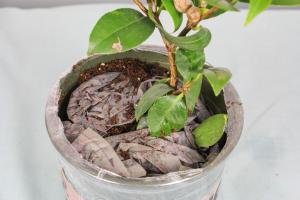Introduction
Yucca plants are popular ornamental plants that belong to the agave family. These plants are known for their long and succulent leaves and their ability to thrive in dry and hot conditions. One of the questions that plant enthusiasts often ask is how often does a yucca plant bloom? In this article, we will explore the various factors that govern the blooming cycle of a yucca plant.
Growth Habits of Yucca Plants
Yucca plants grow slowly and can take several years to mature. These plants thrive in well-drained soils and prefer dry and warm conditions. They are adapted to desert and semi-arid environments and can tolerate high temperatures and low amounts of water. Yucca plants do well in full sun or partial shade and are tolerant of salt spray and windy conditions.
Blooming Cycle of a Yucca Plant
Yucca plants are unique in the sense that they rely on a mutualistic relationship with yucca moths for pollination. The yucca moth is the only insect that can pollinate the yucca plant, and in return, the plant provides a safe haven for the moth to lay its eggs.
Most yucca plants bloom in late spring or early summer. The blooming cycle of a yucca plant can be influenced by various factors such as the age of the plant, the amount of sunlight it receives, and the weather conditions. Young yucca plants may take several years to bloom, while mature plants may bloom every year.
The blooming cycle of a yucca plant can also be affected by pruning. Pruning a yucca plant can stimulate blooming, as it removes the top growth and redirects the plant's energy to the lower parts of the plant. However, excessive pruning can delay or disrupt the blooming cycle of a yucca plant.
Care and Maintenance of Yucca Plants
Yucca plants are relatively low maintenance and require minimal care. These plants need to be watered sparingly, and the soil needs to be well-drained to prevent root rot. Yucca plants can be fertilized once or twice a year with a balanced fertilizer, but excessive fertilization can damage the plant.
Yucca plants also need to be protected from pests and diseases. These plants can attract scales, mealybugs, and aphids, which can damage the leaves and flowers. Regular inspection and treatment with insecticides can help keep the plants healthy.
Conclusion
In conclusion, the blooming cycle of a yucca plant can vary depending on various factors such as age, sunlight, and pruning. Most yucca plants bloom in late spring or early summer and rely on yucca moths for pollination. These plants require minimal care and maintenance and can thrive in hot and dry conditions. With proper care and attention, yucca plants can bloom for many years, adding beauty and interest to any landscape or garden.

 how many times do yo...
how many times do yo... how many planted tre...
how many planted tre... how many pine trees ...
how many pine trees ... how many pecan trees...
how many pecan trees... how many plants comp...
how many plants comp... how many plants can ...
how many plants can ... how many plants and ...
how many plants and ... how many pepper plan...
how many pepper plan...